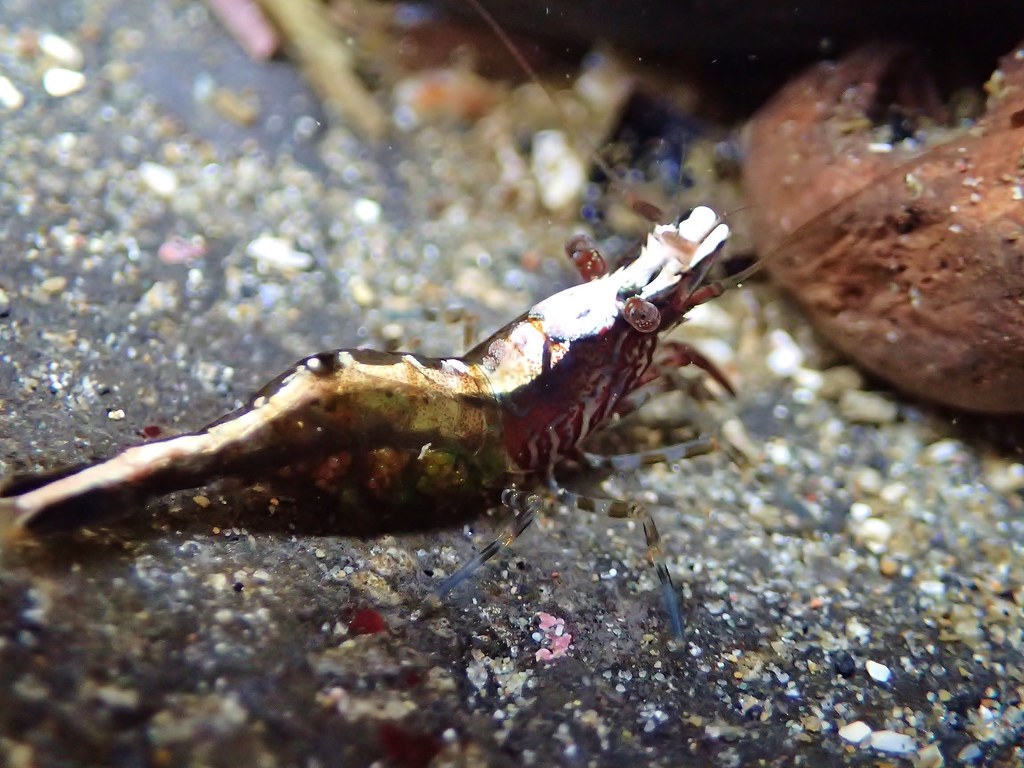Understanding Shrimp Care and Breeding in Aquariums
The world of aquarium keeping and breeding is a fascinating one, especially when it delves into the realm of shrimp. Although many aquarists consider them as fragile and delicate creatures, under the right conditions and with proper attention to detail, shrimp can be successfully maintained and bred.

The Basics of Shrimp Care
Optimal shrimp care starts with understanding their dietary needs and choosing the right shrimp-food. Specialized shrimp foods like Hikari Shrimp Cuisine or Shirakura Ebi Dama Shrimp Food are recommended, providing essential nutrients. When moving shrimp or introducing baby shrimp into a tank, avoiding fish food is crucial as it can turn into harmful ammonia.
Factors to Consider When Choosing Shrimp for Your Tank
Cherry Shrimp
Cherry shrimp are easy to breed but may not last long in tanks with potential predators. It's recommended for an environment where they are the sole aquarium inhabitants.
Amano Shrimp
Members of a different league are the Amano Shrimp, serving as effective scavengers that enjoy meaty foods, algae, and leftover food. They can coexist better in community tanks compared to cherry shrimp.
Ghost and Grass Shrimp
Distinguishing between different shrimp types such as Ghost and Grass shrimp is also important. Their survival and well-being can differ greatly based on the tank conditions.
Exploring the Intricacies of Breeding Ghost Shrimp
To Breed or Not to Breed?
Ghost Shrimp are easy to breed in tanks abundant with free floating algae and/or infusoria. The real challenge lies in nurturing the baby shrimp to adulthood. Adult shrimp are known to cannibalize their offspring, making the environment fraught with danger for the young ones.
Setting Up Their Nursery
Creating an environment rich in hiding places using plants, décor, and caves can aid the survival of the baby shrimp. Feeding them in the first few hours of their life is crucial for their survival. Successful breeders usually maintain abundant food sources floating in the water for easy access.
Navigating Breeding Tank Conditions and Care
One real-life example is the story of about 10 Ghost Shrimp residing in a 14-gallon tank with a Betta fish. It was indeed difficult hatching and raising the ghost shrimp's offspring, emphasizing good tank conditions for the process to succeed.
Temperature Management
The temperature should ideally be around 72 degrees Fahrenheit. Maintaining a constant temperature is key to ensure the shrimp's well-being. Moving pregnant shrimp into separate tanks is also necessary for the babies' survival. Note that the shrimp may show signs of stress, so the acclimation process should be done carefully.
The Role of Live Plants
The use of live plants is universally recommended in any shrimp breeding tank. Shrimp favorites like Java moss can house and feed the shrimp. The plants also regulate excess food, which can become a hazard if left unchecked.
Filter Considerations
Using sponge filters is also vital to prevent baby shrimp from getting sucked into regular filters. Keeping the different types of shrimp separated is also advisable as each species require different conditions.
Shrimp in the Community
Aquarium enthusiasts share a passion for raising and breeding shrimp. Sharing experiences, tips, and discussions about aquarium-related topics can be very beneficial for beginners.
Reflections On the Shrimp Breeding Process
From selecting the right kind of shrimp, catering to their specific dietary needs, to providing an ideal living environment, the process of successfully raising and breeding shrimp in a tank can be both challenging and rewarding. With patience and the right strategies, aquarium hobbyists can enjoy a thriving shrimp community in their tanks.
